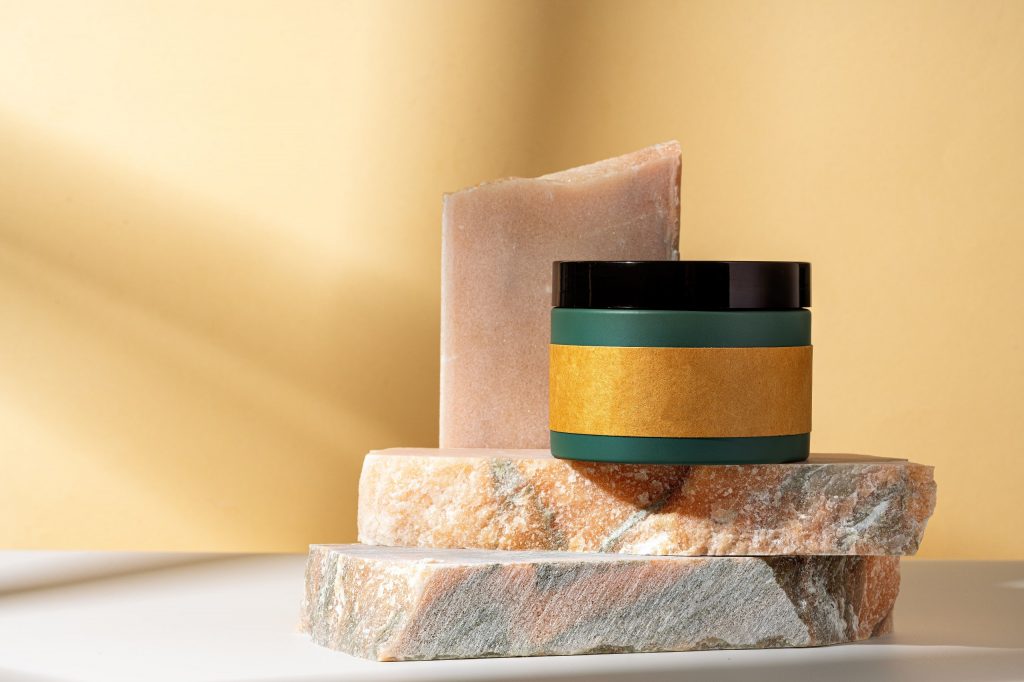Cold process soapmaking is one of the most traditional — and rewarding — ways to create handcrafted soap. With just a few natural ingredients and careful technique, you can produce luxurious bars tailored to your skin’s needs, your scent preferences, and your creative vision.
In this article, we’ll explore what cold process soapmaking is, how it works, and why it remains a favorite method among natural skincare creators.
1. What Is Cold Process Soap?
Cold process soap is made by combining oils (like olive, coconut, or shea butter) with a lye solution (sodium hydroxide and water). Through a chemical reaction called saponification, the mixture transforms into soap — a solid, skin-cleansing product that’s gentle, customizable, and free of synthetic detergents.
Unlike melt-and-pour soap, cold process starts from scratch. You control every ingredient, from the fats to the fragrances, making it ideal for those who want to avoid harsh chemicals or tailor bars for specific skin types.
2. The Ingredients Behind the Magic
While recipes can vary, every cold process soap contains three essential components:
- Base oils/fats: These include olive oil (moisturizing), coconut oil (cleansing and hardening), palm oil (creamy lather), castor oil (boosts bubbles), and more. Each oil affects the soap’s texture, lather, and skin benefits.
- Lye (sodium hydroxide): The active ingredient that causes saponification. Though intimidating to beginners, lye becomes harmless once the soap cures — no residue remains if properly measured.
- Liquid (usually water): Used to dissolve the lye. Some advanced makers use herbal teas, aloe juice, or even milk for added benefits.
Beyond these basics, you can add:
- Essential oils or fragrance oils for scent
- Natural colorants like clays, charcoal, or plant powders
- Botanicals like lavender buds or calendula petals
- Exfoliants like oats or poppy seeds
3. The Cold Process Method: Step by Step
Soapmaking requires precision and patience. Here’s an overview of the cold process technique:
- Prepare your ingredients and mold. Safety first — wear gloves and goggles, and ensure proper ventilation.
- Mix the lye and water. Slowly add lye to water (never the reverse) and stir until fully dissolved. Allow it to cool.
- Heat and blend oils. Combine your chosen oils and heat gently until melted.
- Combine lye water and oils. When both reach a similar temperature (typically 37–43°C), pour the lye solution into the oils and blend with a stick blender until “trace” — a pudding-like texture.
- Add colorants, scents, or additives. Work quickly but carefully.
- Pour into the mold. Smooth the top, insulate if desired, and let it rest 24–48 hours.
- Unmold and cut. Once firm, slice into bars.
- Cure for 4–6 weeks. Allow the soap to dry and harden fully. This improves lather and ensures mildness.
4. Why Choose Cold Process?
- Total ingredient control: No hidden surfactants or preservatives.
- Creative expression: Swirls, layers, textures, and natural art in every bar.
- Long-lasting bars: Properly cured cold process soap can last much longer than commercial soaps.
- Skin benefits: Custom recipes can soothe sensitive skin, treat dryness, or support specific skin conditions.
- Sustainability: No plastic packaging, fewer emissions, and fully biodegradable.
5. Challenges and Tips for Beginners
Cold process soapmaking can feel daunting, especially due to the use of lye. But with the right precautions and a clear recipe, it’s safe and deeply satisfying.
Tips:
- Use a digital scale — accuracy matters.
- Always follow a trusted formula or run your recipe through a soap calculator.
- Keep vinegar nearby to neutralize any lye spills.
- Don’t rush curing — it’s essential for quality.
- Record everything. Once you find the perfect bar, you’ll want to replicate it!
Conclusion: Your First Batch Is the Start of a Journey
Making cold process soap is more than a craft — it’s chemistry, creativity, and a form of self-care. You shape each bar with intention, and in return, it cares for your skin in the most personal way.
In the Soap & Skincare Lab course, we walk you through every step of the process — from choosing oils to mastering swirls — so you can create beautiful, safe, skin-loving bars that reflect your style and values.

